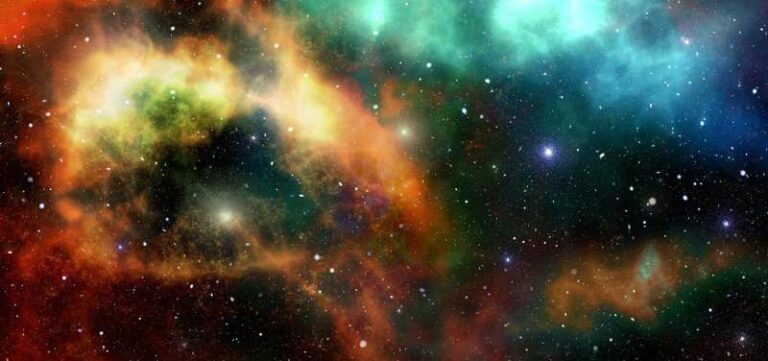Latest Study Reveals Universe’s Age as 26.7 Billion Years, Nearly Doubling Previous Estimates
New Study Challenges Cosmological Model: Universe’s Age Revised to 26.7 Billion Years, Solving Early Galaxy Mystery
In a groundbreaking research effort that delves into the enigma of “impossible early galaxies,” scientists have presented evidence suggesting that our universe may be twice as old as previously believed, thereby challenging the dominant cosmological model. The study sheds new light on the subject and has been published in the Monthly Notices of the Royal Astronomical Society.

Lead author Rajendra Gupta, adjunct professor of physics in the Faculty of Science at the University of Ottawa, explains, “Our newly developed model extends the formation time of galaxies by several billion years, placing the age of the universe at 26.7 billion years instead of the previously estimated 13.7 billion years.”
For years, astronomers and physicists have calculated the age of the universe by measuring the time that has passed since the occurrence of the Big Bang. They also rely on studying the oldest stars, considering the redshift of light emitted by distant galaxies. In 2021, utilizing novel techniques and advancements in technology, scientists estimated the age of the universe as 13.797 billion years, employing the Lambda-CDM concordance model.
However, the existence of stars such as Methuselah, which appear older than the estimated age of the universe, and the discovery of early galaxies in an advanced state of development using the James Webb Space Telescope have left scientists perplexed. These galaxies, detected a mere 300 million years after the Big Bang, display a level of maturity and mass typically associated with billions of years of cosmic evolution. Additionally, their unusually small size has added complexity to the puzzle.
Gupta explores Zwicky’s tired light theory, which suggests that the redshift of light from distant galaxies is a consequence of photons gradually losing energy over immense cosmic distances. While this theory conflicted with observations, Gupta proposes an interpretation where the redshift is viewed as a hybrid phenomenon resulting from both expansion and energy loss.
In addition, Gupta introduces the concept of evolving “coupling constants,” originally hypothesized by Paul Dirac. Coupling constants are fundamental physical constants that govern particle interactions. According to Dirac, these constants may have undergone variations throughout time. By allowing for their evolution, the timeframe for the formation of early galaxies observed by the Webb telescope, at high redshifts, can be extended from a few hundred million years to several billion years. This provides a more plausible explanation for the advanced levels of development and mass observed in these ancient galaxies.
Furthermore, Gupta suggests reevaluating the traditional interpretation of the “cosmological constant,” which represents dark energy responsible for the universe’s accelerating expansion. Instead, he proposes a constant that accounts for the evolution of the coupling constants. This modification in the cosmological model not only addresses the mystery of small galaxy sizes in the early universe but also allows for more accurate observations and analysis.
Provided by University of Ottawa
Do not forget to share your opinion with us to provide you with the best posts !




0 Comments